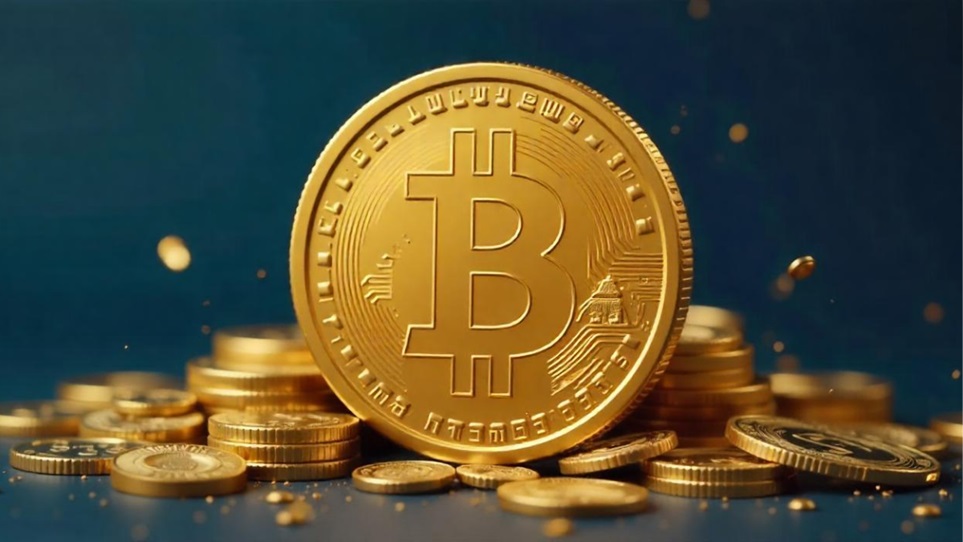Gold rebounds after softer US CPI data reinforces Fed cut bets

Gold price erases earlier losses, rises over 0.10% on Friday following the release of the September inflation report in the US, which showed that prices climbed but would not deter the Federal Reserve (Fed) from cutting rates next week. XAU/USD trades at $4,127 after bouncing off daily lows of $4,043, courtesy of a mildly softer than expected Consumer Price Index (CPI) report. The data was mostly aligned with estimates but failed to provide Fed hawks with justification for not easing policy.
Bullion recovers above $4,100 as traders price in dovish Fed outlook
Expectations that the Fed would cut rates at the October 28-29 meeting are at 96%, according to the Prime Market Terminal interest rate probability tool.
S&P Global data showed that business activity gathered at pace in October. Meanwhile, University of Michigan (UoM) Consumer Sentiment data deteriorated by more than the preliminary reading in October.
The White House announced that US President Donald Trump will meet Chinese President Xi Jinping next week in South Korea as the November 1 tariffs deadline looms.
Geopolitics increased ebbs and flows toward the yellow metal as Trump imposed sanctions on Russia related to the Ukraine war, targeting oil companies Lukoil and Rosneft.
Bullion has gained 55% this year on geopolitical and trade tensions, robust central bank buying, and expectations of US interest rate cuts among other factors.
Daily market movers: Gold retreats despite falling US Treasury yields
- Bullion prices are ignoring that the US Dollar Index (DXY), which tracks the performance of the buck versus six currencies is up 0.03% at 98.94.
- The US 10-year Treasury note yield fell one and a half basis points to 3.989%. US real yields — which correlate inversely to Gold prices — are diving near one and a half basis points to 1.689%.
- The US CPI in the 12 months to September rose by 3%, below forecasts of 3.1% but up from August’s 2.9%. The index for all items less food and energy, expanded by 3% YoY, a tenth lower than in the previous month.
- S&P Global’s Business Activity index in the US accelerated in October to the “second-fastest so far this year”, according to early ‘flash’ PMI data, accompanied by the largest rise in new business seen in 2025 to date.
- The S&P Global Manufacturing PMI was 52.2, up from September’s 52.0. The Services Index expanded 55.2, up from September’s 54.2, reaching a three-month high.
- The University of Michigan said its consumer sentiment index was downwardly revised to 53.6 from the preliminary reading of 55.0, down below estimates from 55.1. Inflation expectations for one year ebbed to 4.6% from 4.7% in September, and for a five-year period rose to 3.9%, up from 3.7% in the previous month.
- On Thursday, JPMorgan revealed that Gold prices could reach an average of $5,055/troy oz by Q4 2026, on assumptions that investor demand and central bank buying will average around 566 tonnes per quarter next year.
Technical outlook: Gold price recovers $4,100 as buyers eye $4,200
Gold price uptrend remains intact despite hitting a daily low below the $4,100 milestone, as XAU/USD dipped below the 20-day Simple Moving Average (SMA) at $4,056. The Relative Strength Index (RSI) shows that bullish momentum remains in place, but buyers need to clear a key resistance level before pushing Gold prices higher.
The first key resistance would be the October 22 high at $4,161. Once breached, the next resistance would be $4,200, ahead of $4,250, $4,300 and the all-time high of $4,380. Conversely, Gold’s first support is $4,100, followed by the October 8 high of $4,059. Once surpassed, the next stop would be October 22 low of $4,004.

Gold FAQs
Gold has played a key role in human’s history as it has been widely used as a store of value and medium of exchange. Currently, apart from its shine and usage for jewelry, the precious metal is widely seen as a safe-haven asset, meaning that it is considered a good investment during turbulent times. Gold is also widely seen as a hedge against inflation and against depreciating currencies as it doesn’t rely on any specific issuer or government.
Central banks are the biggest Gold holders. In their aim to support their currencies in turbulent times, central banks tend to diversify their reserves and buy Gold to improve the perceived strength of the economy and the currency. High Gold reserves can be a source of trust for a country’s solvency. Central banks added 1,136 tonnes of Gold worth around $70 billion to their reserves in 2022, according to data from the World Gold Council. This is the highest yearly purchase since records began. Central banks from emerging economies such as China, India and Turkey are quickly increasing their Gold reserves.
Gold has an inverse correlation with the US Dollar and US Treasuries, which are both major reserve and safe-haven assets. When the Dollar depreciates, Gold tends to rise, enabling investors and central banks to diversify their assets in turbulent times. Gold is also inversely correlated with risk assets. A rally in the stock market tends to weaken Gold price, while sell-offs in riskier markets tend to favor the precious metal.
The price can move due to a wide range of factors. Geopolitical instability or fears of a deep recession can quickly make Gold price escalate due to its safe-haven status. As a yield-less asset, Gold tends to rise with lower interest rates, while higher cost of money usually weighs down on the yellow metal. Still, most moves depend on how the US Dollar (USD) behaves as the asset is priced in dollars (XAU/USD). A strong Dollar tends to keep the price of Gold controlled, whereas a weaker Dollar is likely to push Gold prices up.




